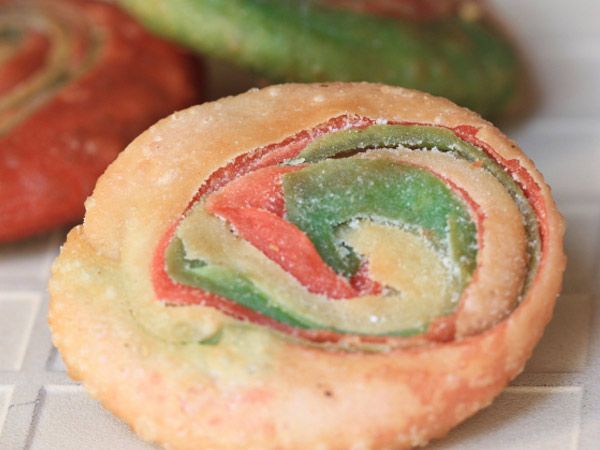
Diwali sweetsmeats
It is that time of the year again when shimmering diyas and glimmering lanterns lit all over the country signal the arrival of the festival which, follows soon after the colourful whirls of Dassera. As diverse as India is in religion it is also in ethnicity and food. Every culture represents a different style of cooking and different delicacies that are prepared especially on festivals such as Diwali.
The Northern States of India especially Punjab dedicate this festive season to Lord Rama, in Bengal the people revel in the strength of Kali or Durga and the Jain community commemorate the great and venerable Mahaveera, having attained the eternal bliss of Nirvana.
How is the Diwali fare, compared with other festival foods? “Diwali, if called by another name it would have to be the Festival of Sweets”, I once read. Sweets abound in each community, household and state, displaying the speciality. Sweetmeat marts display their variety piled high, layer upon layer on large stainless steel platters, sometimes as wide as three feet in diameter.
A fortnight before D-day preparations commence for sweets to be made for relatives and friends who will drop by. The favourite sweet of the festival is the rounded laddu in various sizes and varieties. Dry sweets like pedas made from Khoya, mava and broken milk, kaju khatri and barfis made for cashew and almonds, chocolate and virtually every fruit imaginable is cooked through a slow, patience-trying process, with sugar and a variety of flavourings but vanilla and chocolate are top favourites. There are halwas, uniquely made of vegetables, gajar (carrots) and dudhi (white pumpkin cooked in a process where grated vegetable is mixed with milk, cardamom and sugar and reduced to a thick consistency).
Jalebis, golden or red and absolutely delicious are to be had with piping hot milk or cream. Also well known are malpuas, sweetened dough pats, which are first fried and then drenched with sugar.
The richness and variety of Indian sweets is mind boggling both to see and taste. The flavours and textures of liquid sweets are as delicious as the dry sweets. Made primarily of milk they are distinctive because of special additions of rice, vermicelli, sago, lentils or ground almonds and are known as firni, payasum or kheer.
Bengali specialities like rasmalai and roshgullas, made of paneer (cottage cheese) are served in a light sugary liquid of syrup or milk. Not to forget is the range of gulab jamuns and mishti dhoi.
Traditionally desi sweets are garnished with rose petals, charoli, silver leaf, flaked almonds, cinnamon and cardamom, all of which symbolise the glow of sweetness and light.
Traditional Indian sweets
Each Indian state has its speciality by way of sweet. To list them all would be a never ending task.
Here’s a short list, Magaj from Gujarat; from Haryana there’s Pinni, Madhya Pradesh and Bengal give us ‘Balushahi’ or ‘Khasta’; from Maharashtra ‘Anaarsi’; Mangalore makes a delicacy called ‘Unda’; Patakkad, the only region of Kerala which celebrates Diwali, the Rawa laddu; from Punjab ‘Khoya Pedas’; from Rajasthan ‘Pura’; from Sindh ‘Kutti’; from Tamil Nadu ‘Adirasam’ and from Uttar Pradesh the ‘Motichoor laddu’.
So this Diwali pamper your sweet tooth and have a blast. Happy Diwali to you all!
More On >> Diwali




